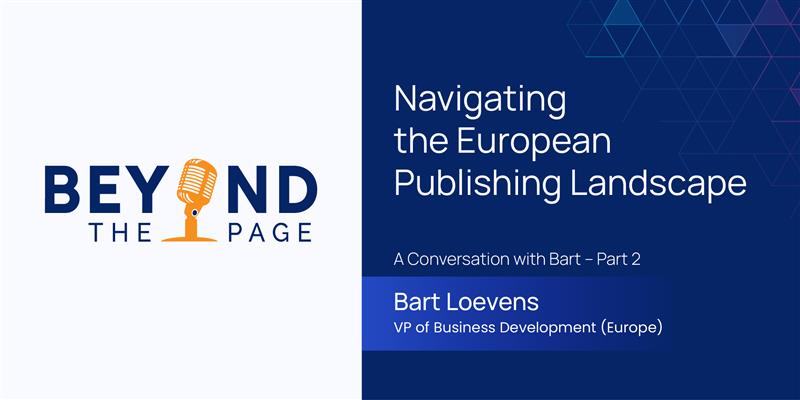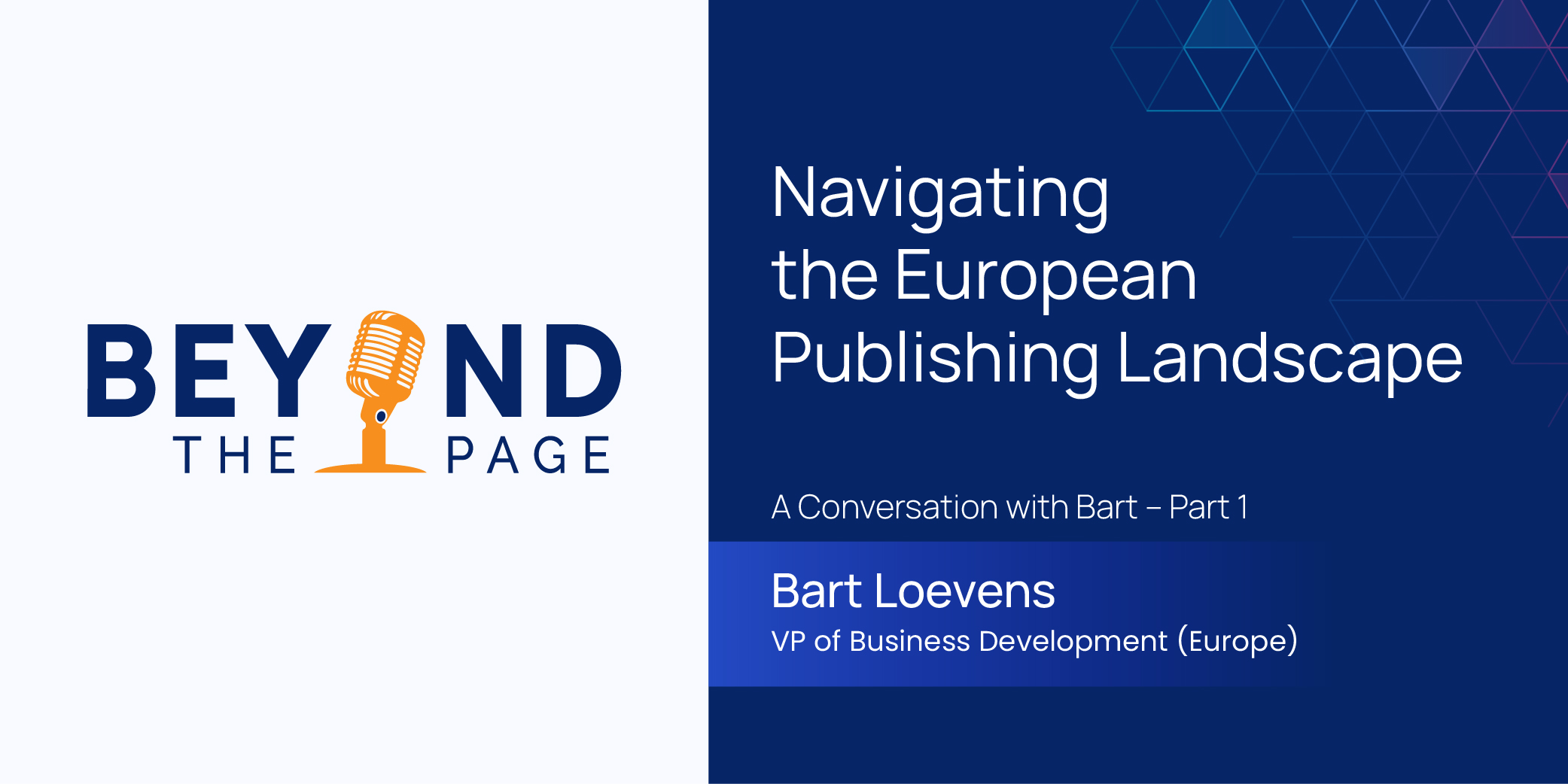
The relentless pursuit of efficiency and cost optimization has become a defining characteristic of successful businesses in today’s competitive landscape. From rising operational costs to evolving customer demands, leaders are constantly seeking ways to do more with less. Fortunately, Artificial Intelligence (AI) has emerged as a powerful tool for achieving this goal. Intelligent automation stands at the forefront of this quest, offering compelling solutions that merge artificial intelligence (AI) with automated processes to transform business operations. According to the latest automation survey by Deloitte, organizations that have advanced beyond the initial testing phase of intelligent automation report an average cost savings of 32%.
The Financial Imperative of Modern Businesses
The financial pressures facing businesses today are undeniable. Global competition is fiercer than ever, customer expectations continue to rise, and economic uncertainty adds another layer of complexity. These factors necessitate lean operations, where every resource is utilized efficiently to maximize profitability. Reducing unnecessary costs becomes paramount to staying ahead of the curve.
Intelligent Automation: Your Key to Cost Savings
This is where intelligent automation steps in. It goes beyond traditional automation, which often focuses on replicating simple, repetitive tasks. Intelligent automation utilizes AI capabilities like machine learning and natural language processing to automate complex, rule-based processes and even adapt to changing scenarios. This translates to:
- Reduced labor costs: Repetitive tasks that previously absorbed valuable human resources can now be handled by intelligent automation solutions. This frees up your team to focus on higher-value activities like strategic planning, customer relationship management, and innovation.
- Increased operational efficiency: Streamlining workflows with AI automation significantly improves operational efficiency. Imagine automating tasks like data entry, report generation, and customer service inquiries. This translates to faster turnaround times, fewer errors, and improved overall throughput.
Measuring the Impact on Your Bottom Line
Quantifying the cost savings achieved through intelligent automation is crucial for demonstrating its value. Fortunately, several methods and metrics can help paint a clear picture:
- Reduced labor costs: Calculate the number of human hours freed up by automation and multiply that by the average labor cost per hour. This represents the direct cost savings in terms of personnel.
- Improved process turnaround times: Analyze the time saved by automating tasks, and estimate the corresponding cost reductions. Faster workflows often lead to increased business volume and revenue generation.
- Reduced errors and rework: Automation minimizes manual errors that can lead to rework and lost productivity. Quantify the cost associated with rework based on past data to demonstrate the savings from a higher-quality output.
The financial benefits extend beyond immediate cost reduction. Intelligent automation can also lead to:
- Improved customer satisfaction: Faster response times and fewer errors in customer service interactions translate to happier customers and potentially increased loyalty.
- Enhanced decision-making: By automating data analysis and reporting, intelligent automation provides valuable insights to inform strategic decisions, potentially generating new revenue streams.
Industries Benefiting from Intelligent Automation in Inventory Management
- Retail: According to Forrester, omnichannel fulfillment is a high or top priority for 94% of retailers. AI automation plays a crucial role in retail by optimizing stock levels, predicting customer demand, and managing the supply chain more efficiently. These capabilities ensure that products are available when and where they are needed, minimizing stockouts and overstock situations, which in turn reduces holding costs and improves customer satisfaction.
- Manufacturing: In the manufacturing sector, AI enhances inventory management by streamlining the supply chain and production schedules. It predicts equipment maintenance needs and production demands, reducing downtime and ensuring that materials are available precisely when needed, thereby decreasing waste and increasing operational efficiency.
- Healthcare: For healthcare providers, managing inventory can be particularly critical, given the need for various medical supplies and medications. AI helps by accurately tracking inventory levels, expiration dates, and usage patterns, which is vital for maintaining the integrity of medical supplies and patient safety.
Addressing the Roadblocks to Implementation
While the benefits of intelligent automation are undeniable, some common challenges can hinder its implementation:
- Initial investment costs: Implementing AI solutions can require an upfront investment in technology and resources. However, a well-defined ROI analysis can demonstrate the long-term cost savings and increased profitability.
- Integration complexities: Integrating AI automation with existing systems can be complex. Choosing a solution with a modular and adaptable architecture can ease the integration process.
- Cultural resistance: Implementing new technologies can sometimes lead to fear and resistance within existing teams. Effective communication and training programs that emphasize the benefits and opportunities can mitigate this concern.
Conclusion: The Power of Proactive Decision-Making
Intelligent automation holds immense potential for transforming business financials. By automating mundane tasks, improving operational efficiency, and facilitating better decision-making, it allows leaders to focus on strategic initiatives that drive growth and profitability. Don’t wait for the competition to gain the upper hand. Take a proactive approach by evaluating your current processes and exploring the possibilities of intelligent automation. By investing in AI solutions, you can unlock a new era of cost efficiency and pave the way for a more competitive and sustainable future for your business.
News & Insights

Enabling Accessibility in Scholarly Publishing – A Conversation with Lakshmanan Thirumoorthy

Navigating the European Publishing Landscape – A Conversation with Bart – Part 2

